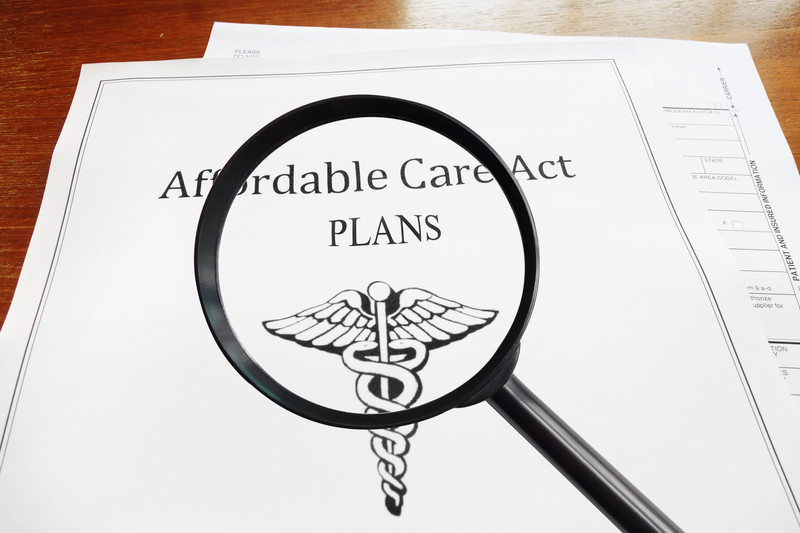
Regardless of political views, ACA plans offer accessible healthcare options for many Americans, particularly those earning under 300% of the Federal Poverty Level. These plans, while providing affordability, come with a crucial caveat: they are subsidized by the government and must accommodate all individuals, regardless of health status. The subsidy manifests as a tax credit to offset plan premiums.
However, it’s essential to grasp the intricacies of these plans. If your income falls either below or above the specified limit, you may not qualify for the subsidy. This means you won’t receive the expected tax credit, resulting in a significant difference between anticipated and actual plan costs. For instance, suppose you’re 63 years old with a Silver plan costing $3,000 monthly, supplemented by a $2,470.25 subsidy. If an unexpected expense, like a $5,000 house repair, pushes your income to $70,000 from the qualifying $65,000, you lose subsidy eligibility.
This seemingly minor income adjustment triggers tax implications and substantial loss of tax credits. Consequently, you’re compelled to withdraw $29,643 from your IRA to cover taxes, further increasing your income for the following year, thus disqualifying you from the subsidy once more. For individuals teetering on the upper income limits, particularly those without dependents, the perceived benefits of low-cost insurance may not outweigh the associated risks.
Fortunately, there are strategies to mitigate these challenges, such as repositioning qualified assets. If you’re navigating these complexities or exploring alternative options, I’m here to offer guidance and support. Feel free to reach out for further assistance or clarification.